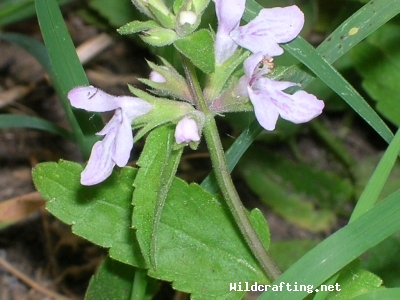Wildcrafting
| You have to register before you can add new data to this site. |
Stachys floridana

whole plant
To view more pictures on this plant, click the "All Images" tab above.
To view or mark new locations where this plant can be found, click the "Locations" tab above.
To view USDA data, click the "USDA" tabs above.
| ||||||||||||



